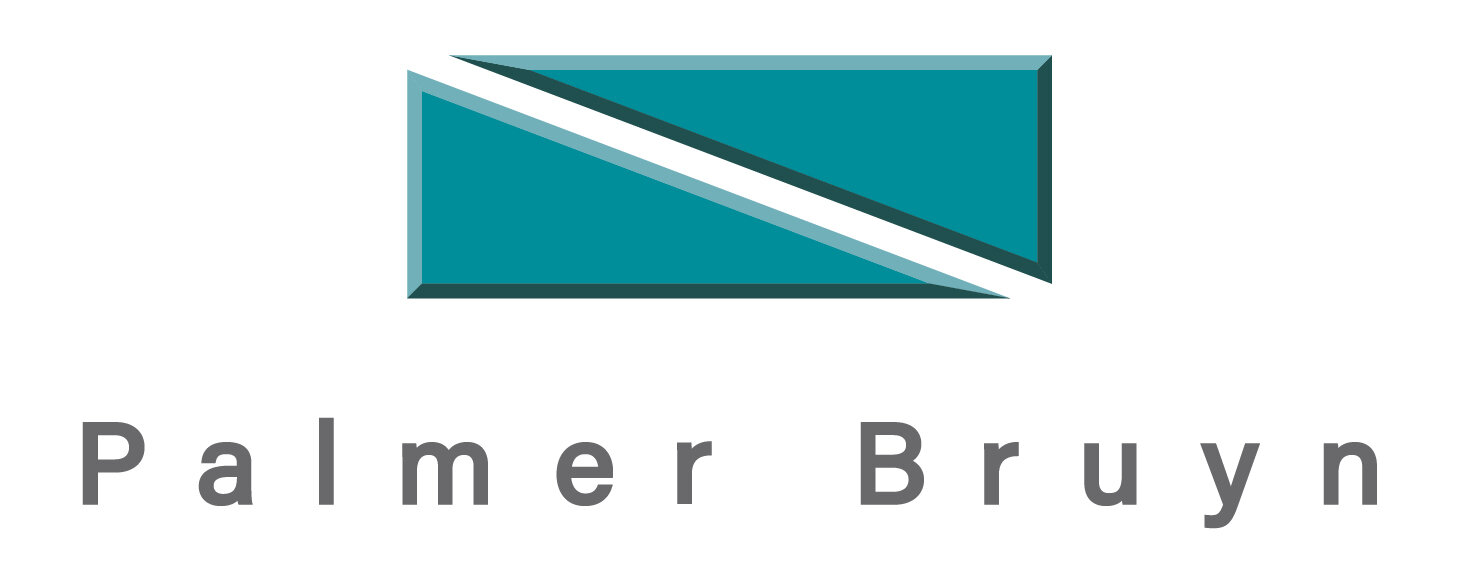Averting the housing crisis
There is currently a shortage of housing in the Lower Hunter. If you are trying to buy or rent in Newcastle at the moment you would know this only too well. There is a solution but it requires the five Lower Hunter councils to address this shortage. They have the ability and capacity, but do they have the motivation?
In her pre-Christmas visit Premier Gladys Berejiklian was effusive about the state of Newcastle and the boom we have when we’re not having a mining boom. A month or so before the Premier’s visit Planning NSW released its Draft Greater Newcastle Metropolitan Plan 2036, which is also positive in tone.
In the foreword to the draft report NSW Minister for Housing Anthony Roberts notes: “With increasing investment in infrastructure, tourism, health, science, education and creative sectors, Greater Newcastle is poised to take its place as a dynamic metropolitan city of global significance.” And: “There will be more options to travel from where people live to work, to local services and to where they shop, meet friends and exercise.”
The Draft Greater Newcastle Metropolitan Plan 2036 projects a population increase of 30 per cent, or 160,000, to 700,000 in the next two decades. It also cites research from the NSW Department of Planning and Environment that says there is actually enough land zoned in Greater Newcastle to cater for a metropolitan population of 1.2 million people.
The draft plan recommends urban densities of between 50 to 75 people per hectare and says: “In some areas, such as the arc of lifestyle centres, there is a current oversupply of land for new homes, while in Newcastle City Centre and the city core it is anticipated that ongoing demand will require continual urban renewal to provide a range of housing types close to open space and parks that have good public transportation.”
One of the more pleasing aspects of the draft is the proposed co-ordinated action of Greater Newcastle councils and the NSW Department of Planning and Environment in relation to amending minimum lot sizes and density controls for priority housing release areas. This should enable greater diversity of housing types. The current shortage of housing in the Lower Hunter can only be overcome with targeted policy initiatives that co-ordinate delivery of housing land, not just “zoned land”. The five Lower Hunter councils can remedy this shortage while taking advantage of the heightened level of economic interest in the region.
Small, affordable and “durable” houses can be the key and opportunities abound for their construction. Ideally, they should be within a 20-30 minute commute from employment centres. Land surrounding the Cardiff industrial estate offers great opportunities, but so too do dual-occupancy blocks within most suburbs. Many of the existing and established suburbs have large blocks with one dwelling that were once the suburban extremity. Now they are within the greater urban area of Newcastle and in many cases housing far fewer residents than the nuclear families with three or four children for which they were designed.
These could be easily subdivided to fulfil the 2036 plan, which focuses settlement in locations that: maximise existing infrastructure and services and minimise the need for new services; prioritise increased densities within existing urban areas and close to public transport, and targets new housing within an 800m walk of a strategic centre, railway station, or within an urban renewal corridor.
As Newcastle becomes an epicentre of construction there is no reason this can’t include durable houses on existing suburban blocks. We can be confident of the 2036 Vision forecast for the number of people who will be living in Greater Newcastle. Current “old” residential stock converted to dual occupancy can take some pressure off greenfield developments. As Premier Berejiklian noted in her visit: “What we see here is the beginning of a phenomenal precinct.
Chris McNaughton works at surveying firm Palmer Bruyn, which has been operating in Newcastle for 130 years.

